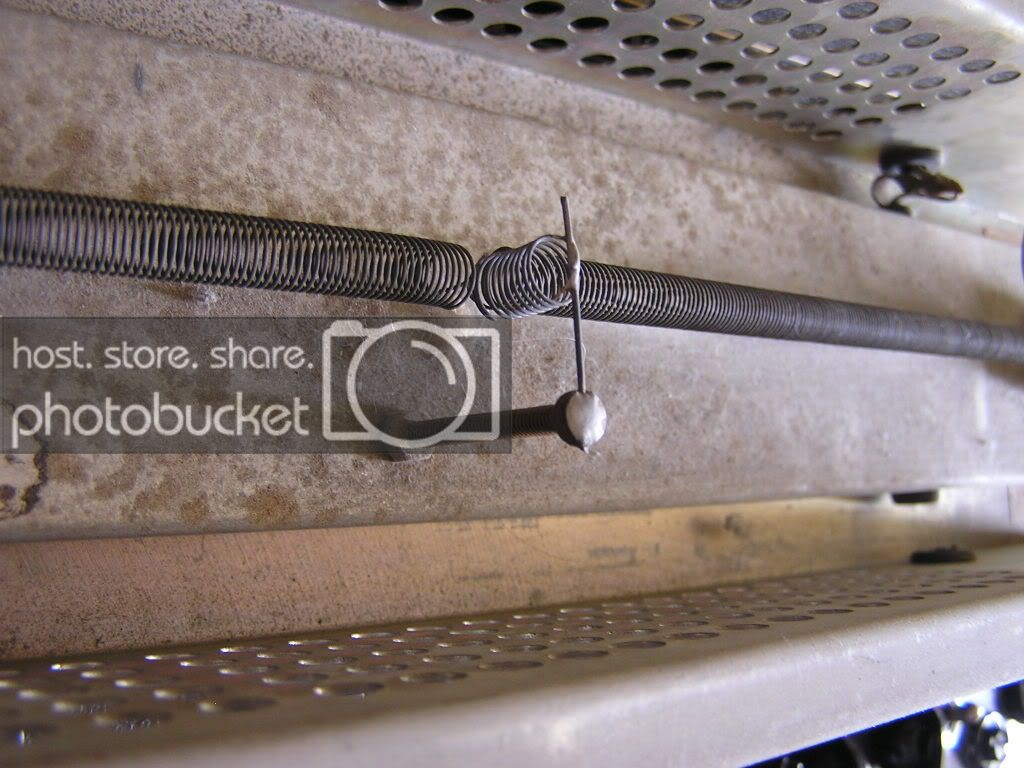Ok so I am trying to work out in my head this, which maybe simple but I may need some sort of clarification:
If I have filmed 2 people talking with 2 different angels over the shoulder one side and the other, when I want to edit and cut away when A is talking to see B, does the audio overlap the second clip with no sound? or does the sound of the second clip carry on, the thing I dont get is if the sound carrys on in the second clip you may hear the voice of the first clip twice in a way.
Or do I overlap the audio from clip 1 to clip 2 and then take away the audio from clip 2 until clip 1 has finished then carry the audio on from clip 2.
also what happens if they both talk at the same time, obviously having both audio would cause too much reverb or somthing.
Or is it when filming you direct one actor to act alone in a way which can be edited later?
sorry if this sounds quite all over the place. Im just trying to get my head around the basics of a conversation whislt cuting away to the other person.
if you have read this far, thanks.
If I have filmed 2 people talking with 2 different angels over the shoulder one side and the other, when I want to edit and cut away when A is talking to see B, does the audio overlap the second clip with no sound? or does the sound of the second clip carry on, the thing I dont get is if the sound carrys on in the second clip you may hear the voice of the first clip twice in a way.
Or do I overlap the audio from clip 1 to clip 2 and then take away the audio from clip 2 until clip 1 has finished then carry the audio on from clip 2.
also what happens if they both talk at the same time, obviously having both audio would cause too much reverb or somthing.
Or is it when filming you direct one actor to act alone in a way which can be edited later?
sorry if this sounds quite all over the place. Im just trying to get my head around the basics of a conversation whislt cuting away to the other person.
if you have read this far, thanks.
Last edited:



